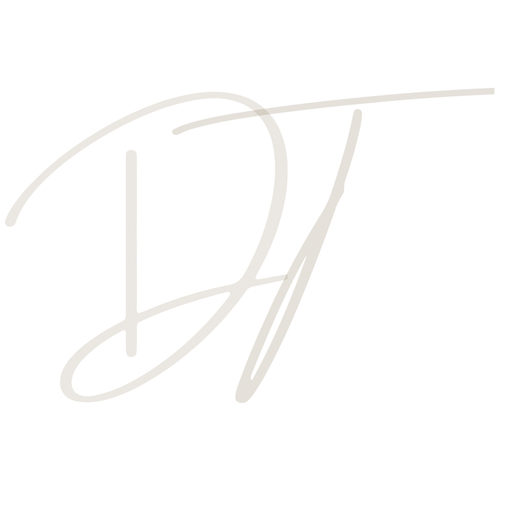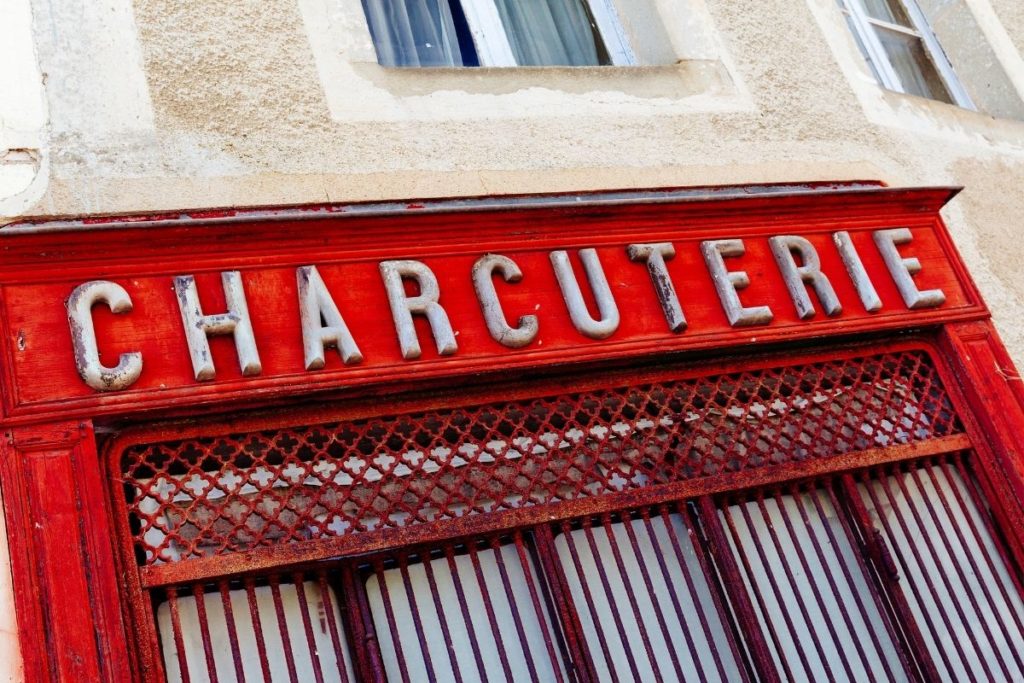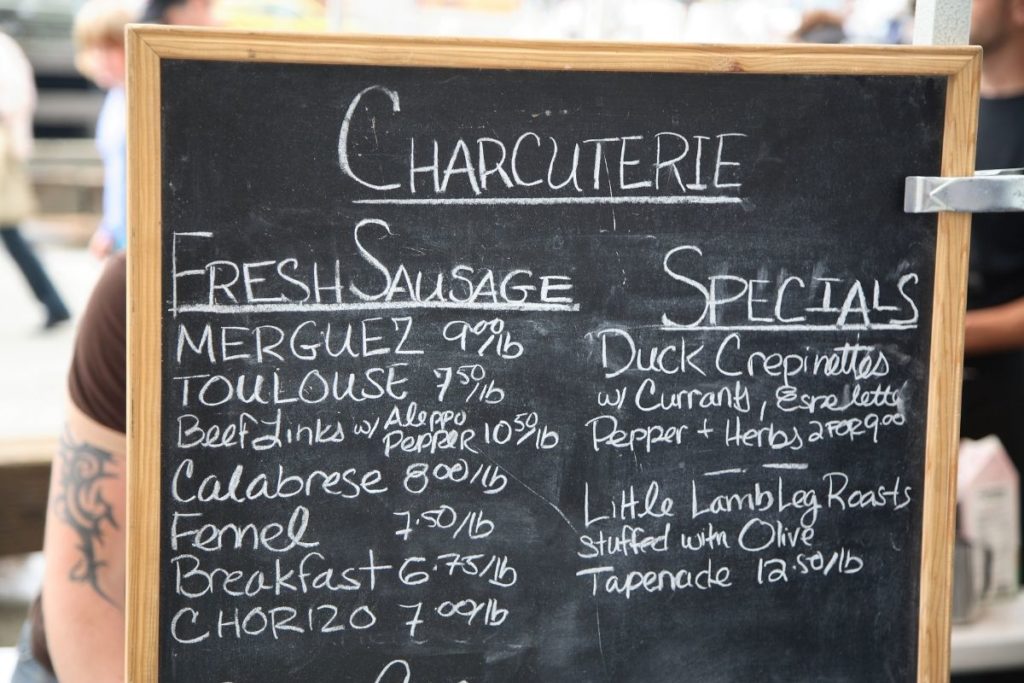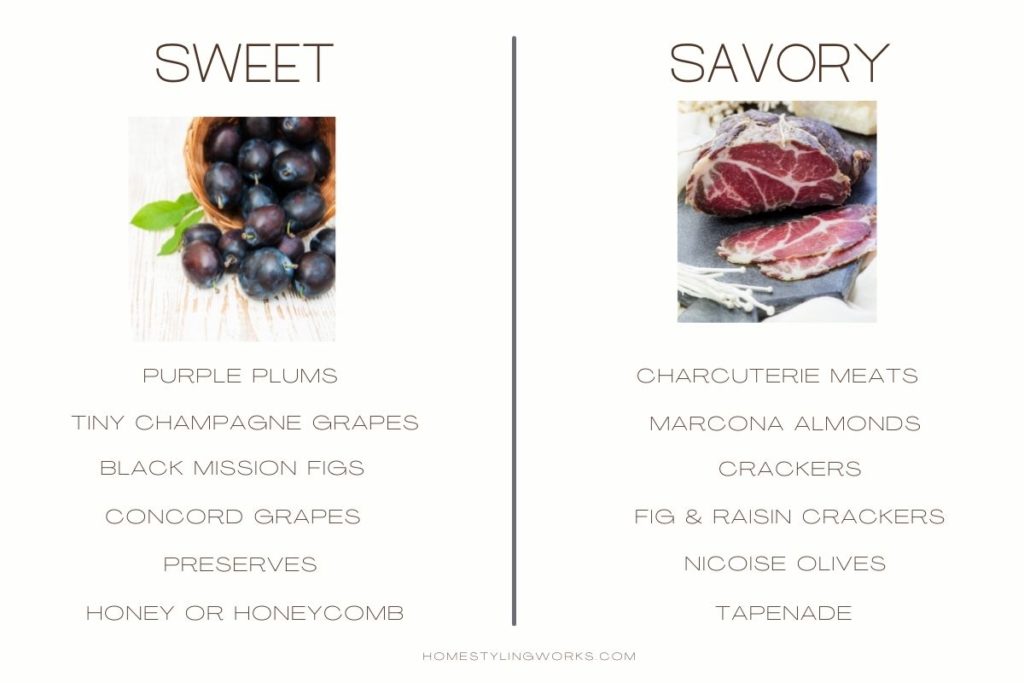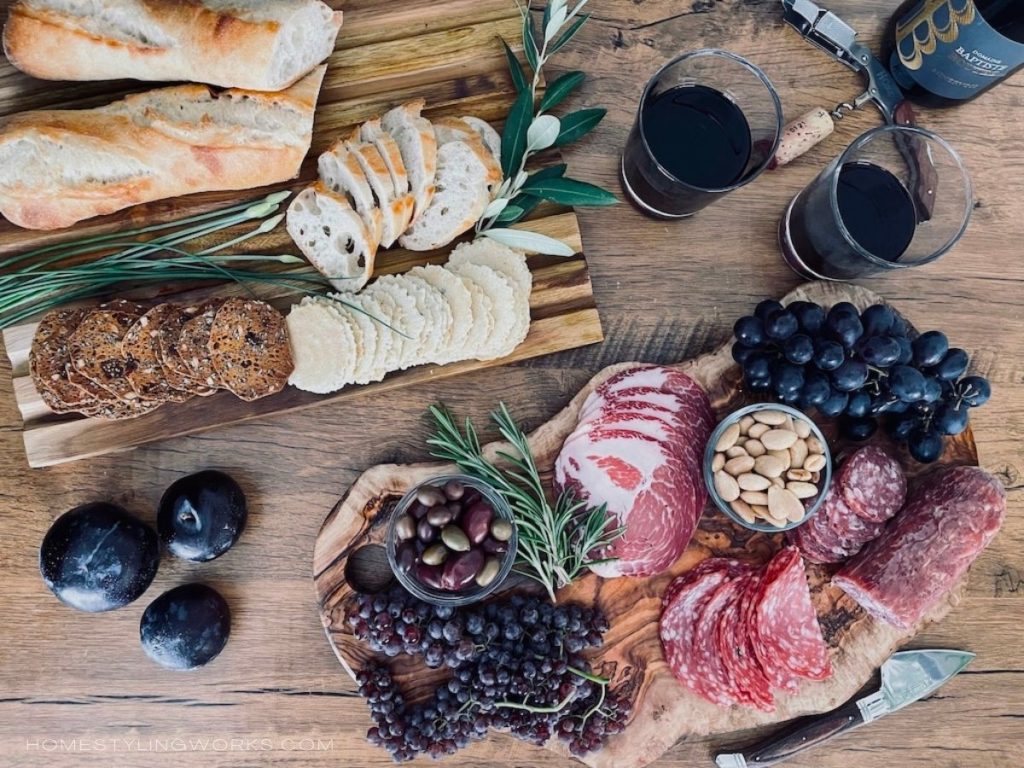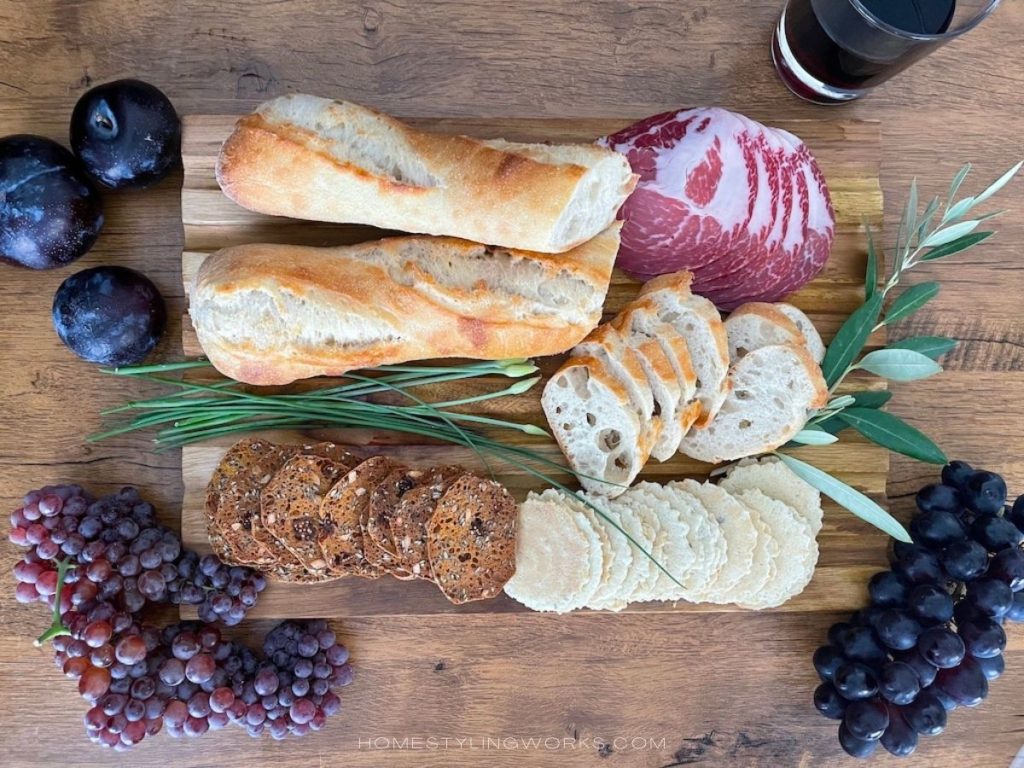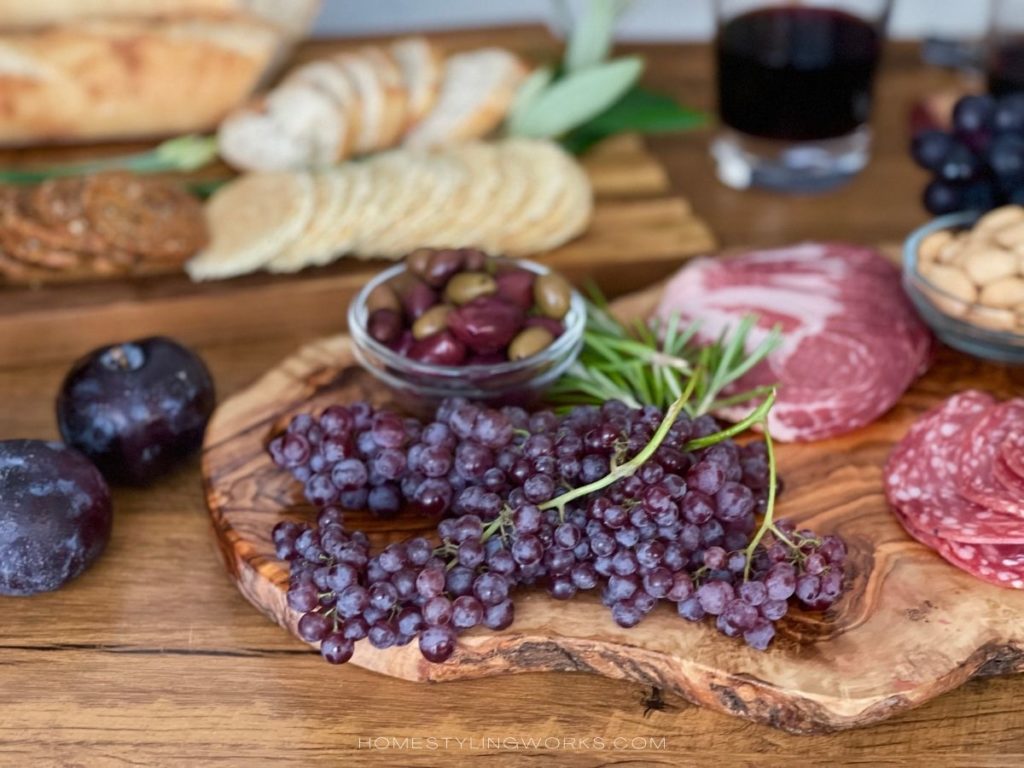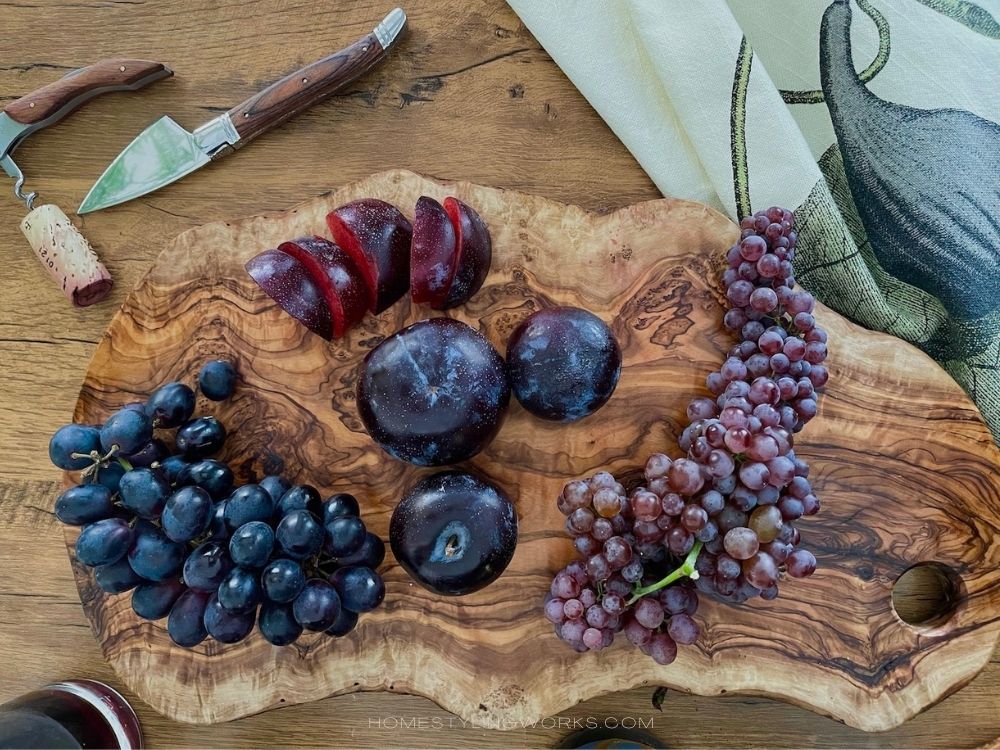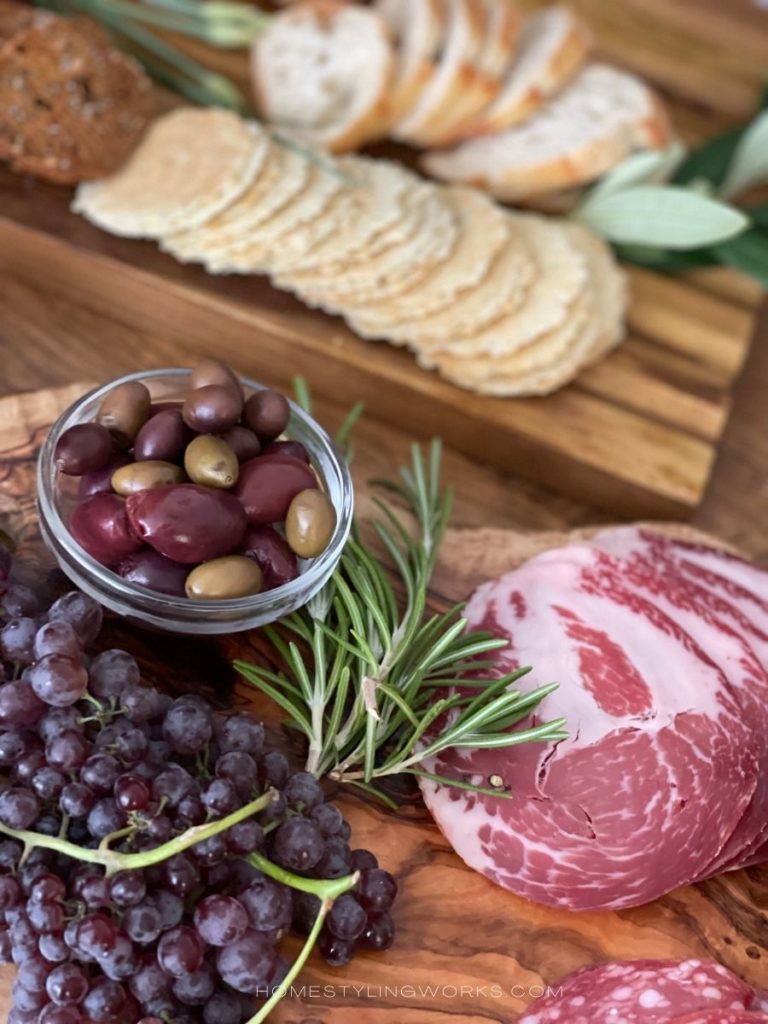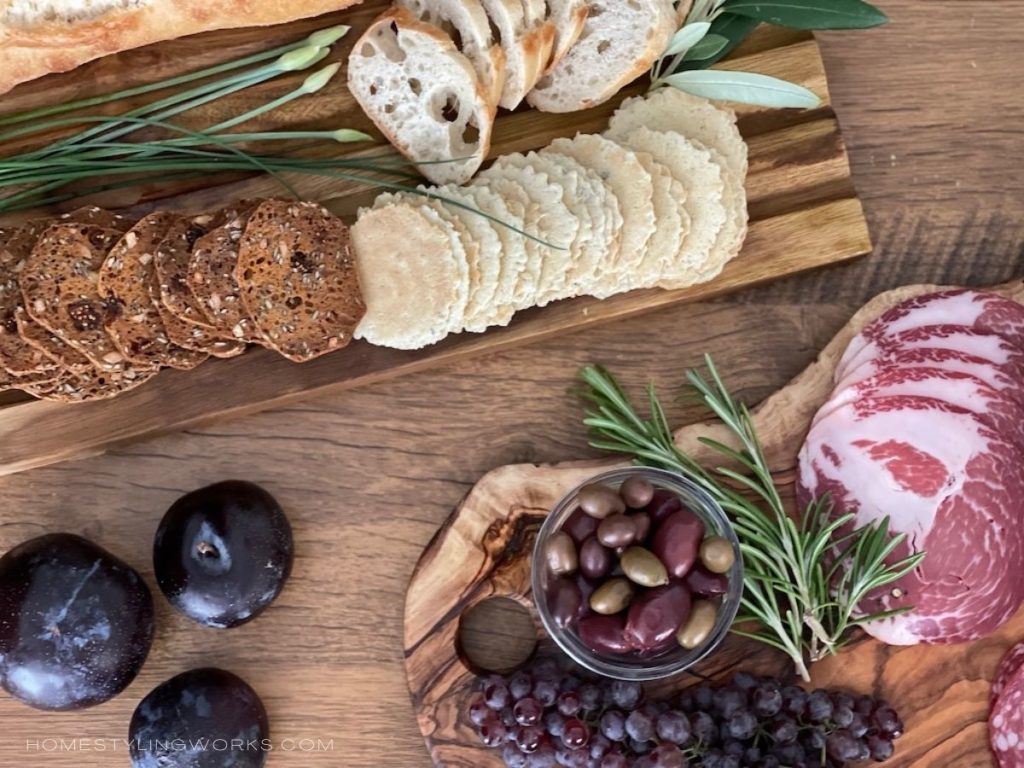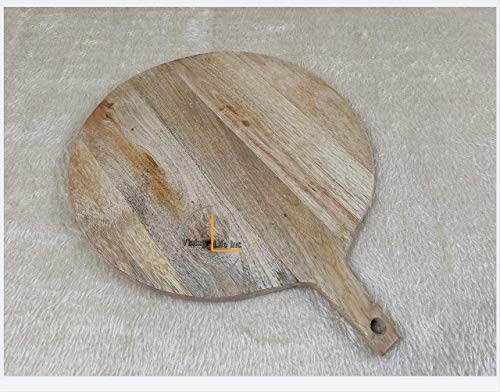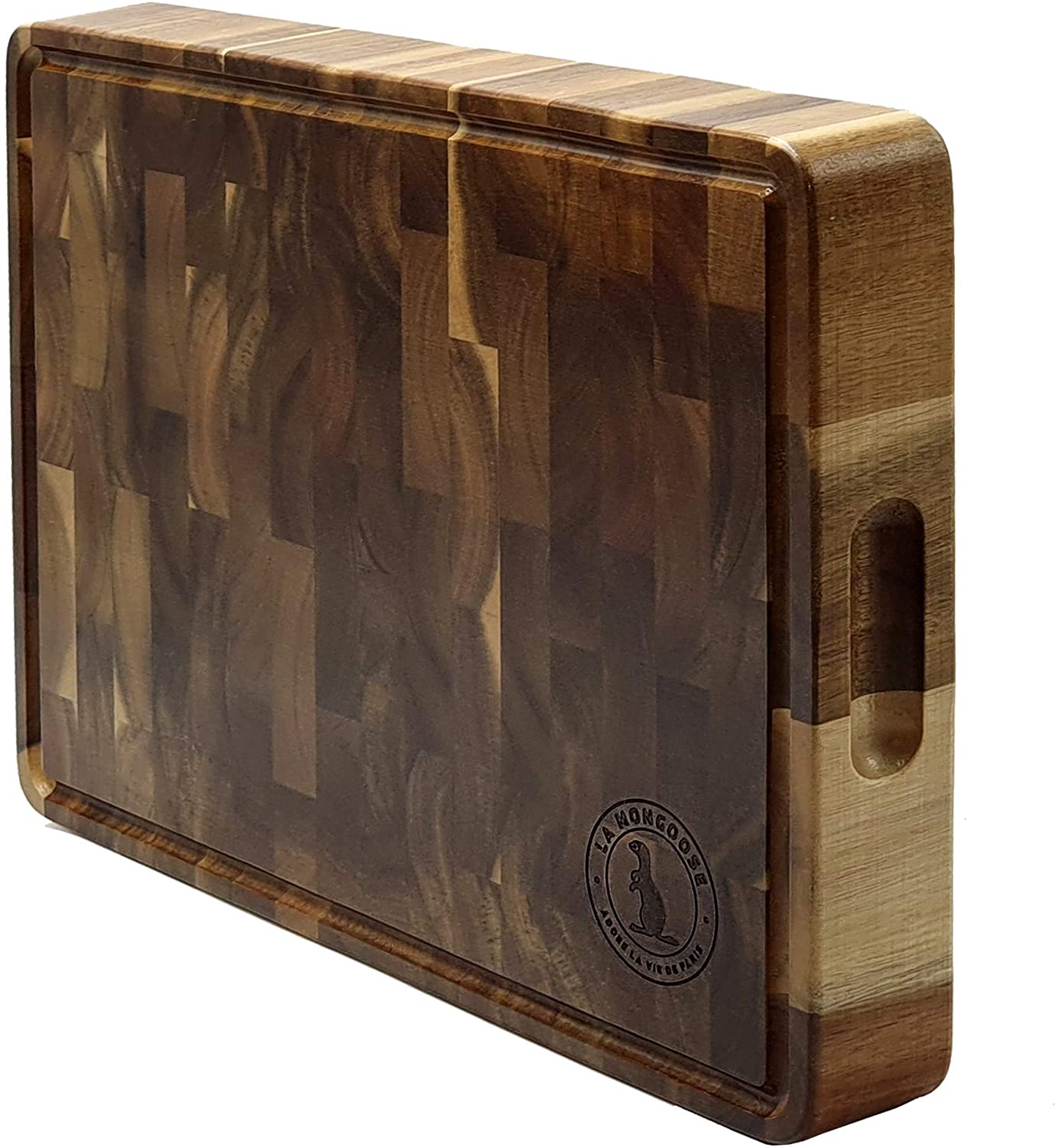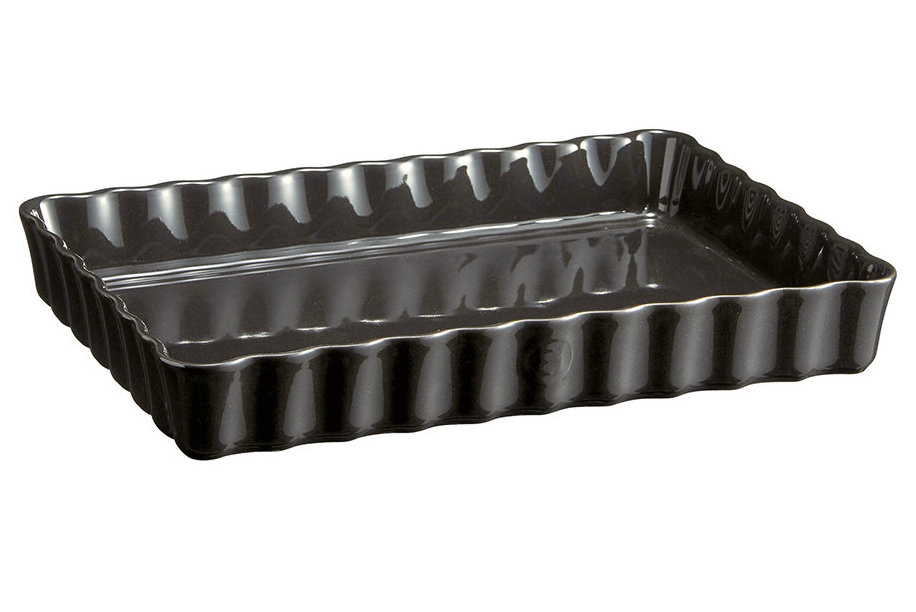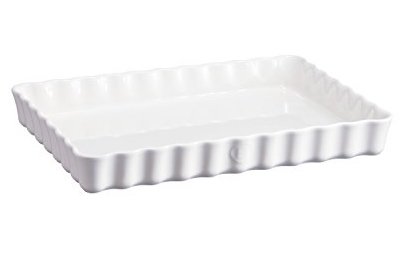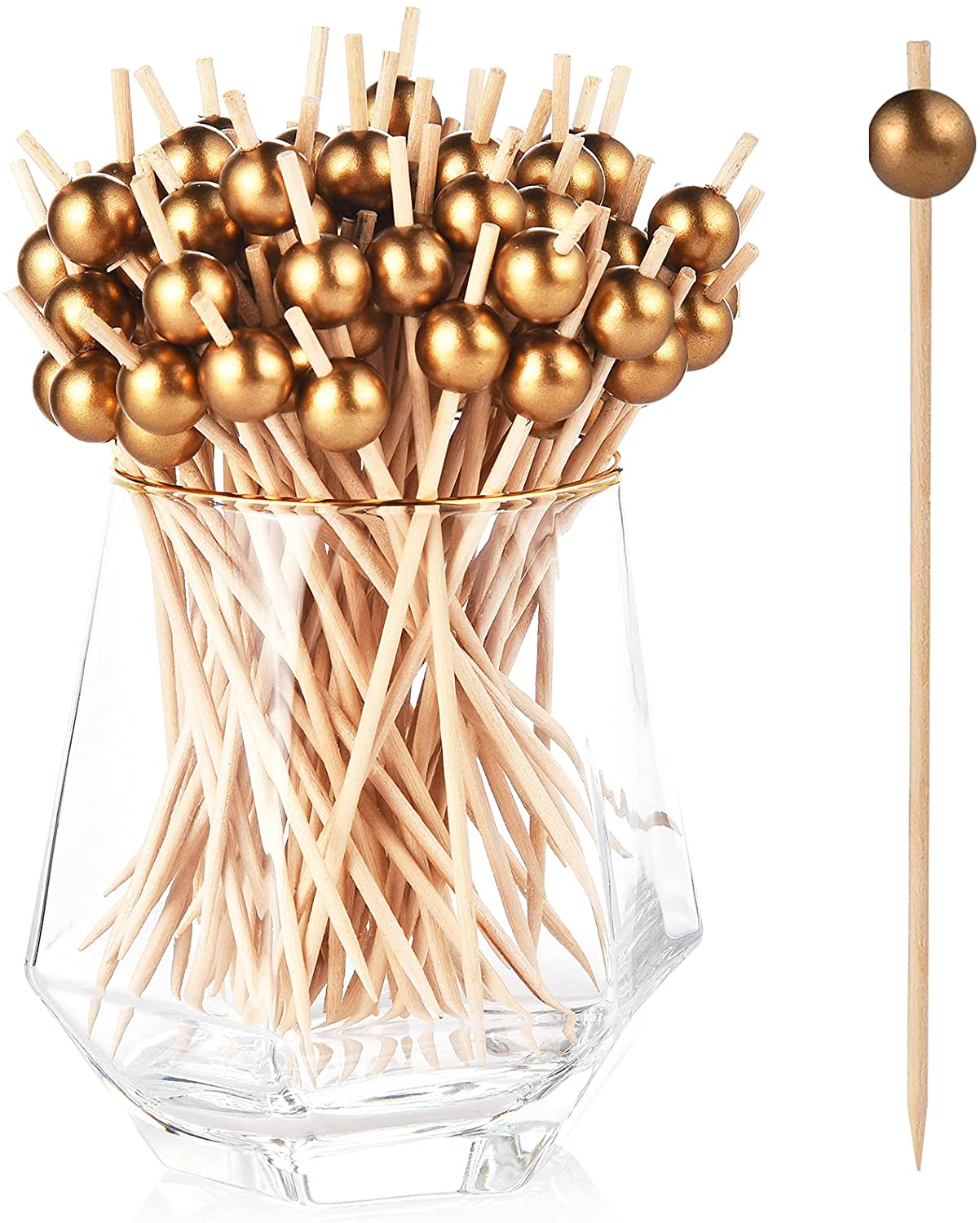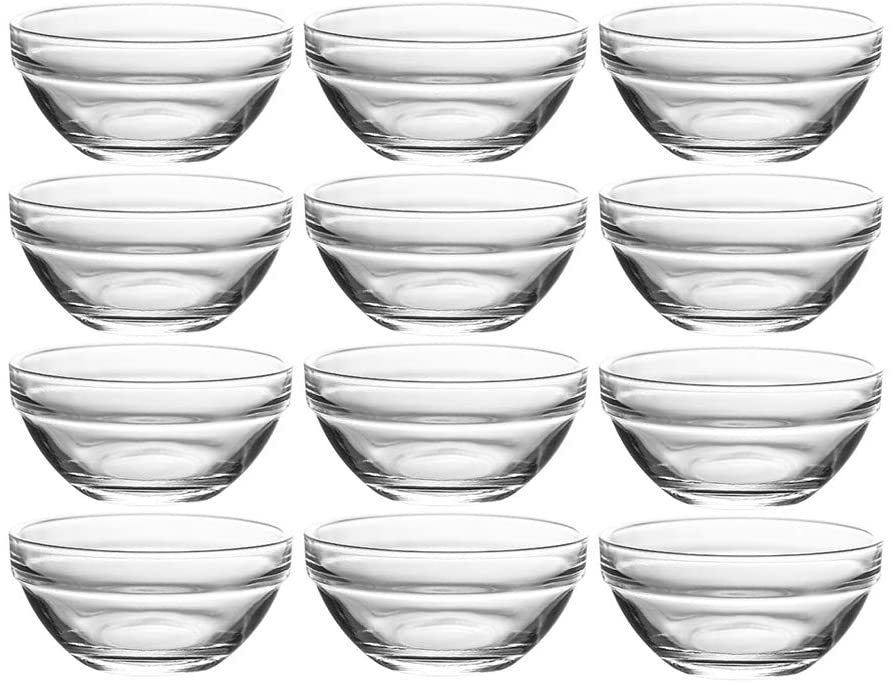FOOD STYLING SECRETS: CHARCUTERIE
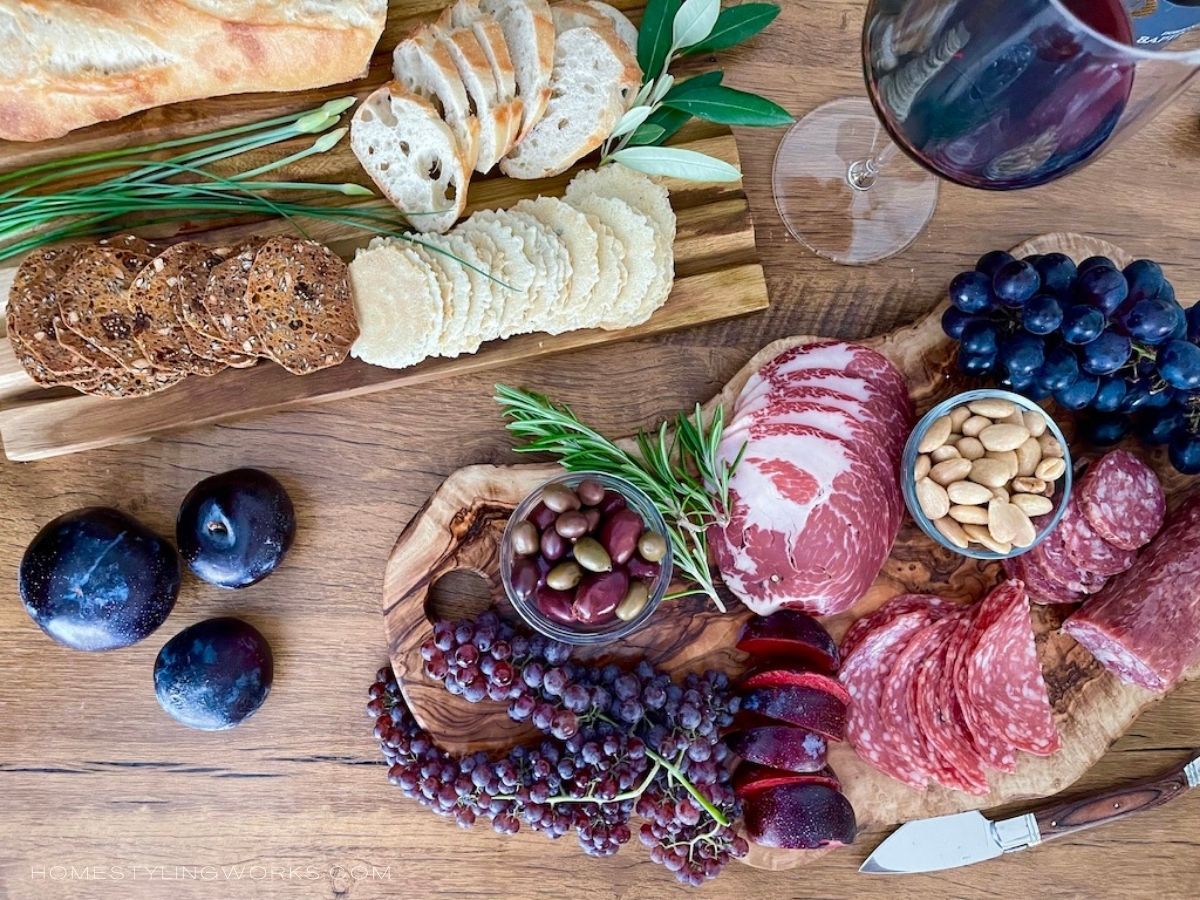
“First we eat, then we do everything else”. – Food writer M.F.K. Fisher
With the holidays coming up, I’ve received a few requests for how to style a charcuterie platter for entertaining. So in today’s post, I’m going to show you a couple of easy ways to make charcuterie (and accompaniments) look beautiful enough for guests.
But before we get started, I’d like to point out that I like to separate cheeses from charcuterie/meats. In other words, there’s no cheese on these platters. There’s a reason behind it. I have a few vegetarian friends (as many of you probably do), and it makes things so much easier on your guests if the meat items are showcased on a separate platter from the cheeses.
I haven’t forgotten about cheeses (you’ll want that, too, at your upcoming holiday party!) You can check out my Cheese Platter post for how I styled a cheese board for entertaining.
WHAT IS CHARCUTERIE?
In researching this post, I found out some interesting facts about charcuterie. The term Charcuterie is derived from the French words for “flesh” (chair) and “cooked” (cuit). It didn’t describe the actual product, but rather, the shops dating back to the 15th century that sold pork products (made from all kinds of, um, interesting ingredients from the pig – snout to tail).
But the actual smoking and preserving of meats dates back to ancient Rome (about 6,000 years ago). So, this is not a new phenomenon. And remember that in ancient times, they didn’t waste any parts of precious meat products, and putting everything into “tube form” was a way to consolidate and combine a variety of ingredients.
As the wise, late Anthony Bourdain once said, “All my happiest moments seem to revolve around meat in tube form.”
TYPES OF CHARCUTERIE
A charcuterie platter can be comprised of several types of cured meats with both Italian, Spanish and French origins, including:
- Sopressata
- Genoa Salami
- Prosciutto
- Coppa
- Pate
- Terrines
- Iberico Ham
- Saucisson d’Arles
- Speck
I also talk about French charcuterie and cheeses in my French Picnic post.
CHARCUTERIE “FRIENDS”
I like to add sweet and savory complementary items alongside the charcuterie, to balance the richness of the meats. Below is a list of suggestions to accompany your charcuterie meats.
CHARCUTERIE PLATTER #1
Creating an artfully styled charcuterie board is easy, with a few food styling tips.
The first charcuterie platter I styled features my collection of olive wood platters & accessories (you can read more about collecting olive wood in this post). Also, I’ve linked to the boards and other products in the shopping gallery at the bottom of the post.
You’ll note that I put the meats and savory accompaniments on one olive wood board, and the breads and crackers on another board. The reason for doing this is to keep things looking tidy as your guests start to enjoy the provisions.
As an alternative, you can also choose to make a beautiful array of fruits on a separate board, as shown in the photo below. I have a few different olive wood boards in my kitchen styling arsenal, and they seem to come in handy around the holiday entertaining season. And they’re reasonably priced at around $30-40 each, so you’re not breaking the bank to buy these in multiples (they also make wonderful hostess gifts!)
I also like to use small glass dishes for olives and almonds (there’s a link to the small glass bowls in the shopping gallery at the end of the post).
Another food styling secret is to add an element of green to the platter, to offset the rich color palette of the meats and fruits. Fresh herbs such as cut chives, rosemary and sage sprigs, and even bay leaf branches – are all good options. Just tuck in a sprig here and there and you’re all set!
CHARCUTERIE PLATTER #2
I also styled a charcuterie platter using this fabulous and versatile Emile Henry baking dish (which also comes in white). I like how the low sides of the dish keep everything corralled and neat-looking.
The key to arranging a charcuterie platter like a food stylist is to visually divide the board (or dish) into quadrants. In each quadrant goes several neatly arranged (folded in half) slices of meat. You’ll see below that the meat elements are offset by caper berries, figs, purple basil, a bowl of honey, olives and dried dates. Also, small cocktail forks and metallic toothpicks make serving easy.
Also, instead of adding an element of greenery, I accented the center of the platter with a couple of sprigs of rich “Dark Opal” basil, to complement the black hues of the platter.
FOOD STYLING SECRET: SHAPES + TEXTURES
What makes a charcuterie (or cheese) platter interesting is choosing foods with different shapes and textures. You also don’t want everything the be the same round shape – for example, I wound the prosciutto slices into mounded “rosettes”, giving some height and interest to the platter. Notice the shapes and textures in both the charcuterie platters. Nuts, figs, fruits, dried dates – these all make an interesting counterpoint to the meats.
SHOP THE POST
The items featured below would also make lovely hostess (and holiday) gifts for the entertainer – or new homeowner – on your list. It’s also nice to bring a charcuterie platter – finished – to a party, with the platter itself as a gift for the host.
CLICK THE IMAGES BELOW FOR THE SHOPPING LINKS:
I hope this post has inspired you to Make Your Every Day More Beautiful® by creating a memorable and delicious charcuterie platter for your guests this holiday season!
